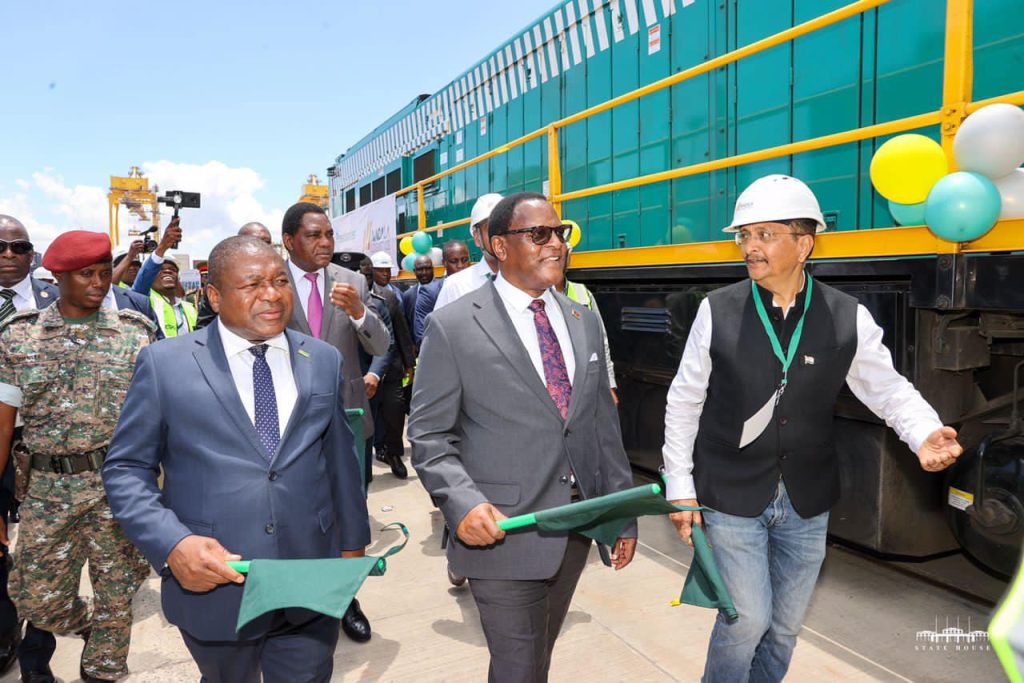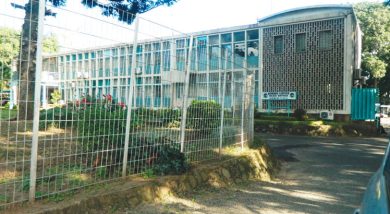Nacala Corridor under spotlight
Transport and logistics players say there is need for more investments if Malawi is to capitalise on the the Nacala Development Corridor.
The Government of Malawi on October 6 this year signed a trilateral agreement with the governments of Zambia and Mozambique to manage the Nacala Corridor and transport their cargo along the route to create economic opportunities for people in the three countries.

The leaders of the three countries believe the port is a solution to landlocked countries and would offer substantial benefits, including reduced transportation time and costs, considering Nacala’s proximity to Malawi. The port is also expected to stimulate economic activity among the three countries.
The Nacala Port is the closest port to Blantyre (about 700 kilometres) and Lilongwe (about 1 180 kilometres) and the most cost-effective in principle, but was largely overlooked by businesses and transporters because of the extended turnaround time caused by a dilapidated railway line.
Reacting to the signing of the bilateral agreement, Malawi Investment and Trade Centre chief executive officer Paul Kwengwere said using the rail line on the Nacala Corridor would help the government significantly cut the costs of transport and turnaround for their cargo.
He said: “The main advantage is the fact that trains are more fuel-efficient than trucks. In fact, shipping by rail uses more than three times less fuel than trucks, thereby saving in fuel surcharges.
“Apart from the saving in fuel, rail shipping can carry much more volumes than trucks; one rail car is equivalent to about four full truck loads.”
Transport and Logistics Association of Malawi and Illovo Sugar (Malawi) plc agree that while using the rail line would lead to significant savings, more needs to be done to improve the infrastructure and operational efficiency of rail operators.
In a separate interview, Transport and Logistics Association of Malawi official Mavuto Missi, who is also Chartered Institute of Logistics and Transport member, advised government not to “curtail road transport completely to carter for eventualities”.
He said: “The government should turn Bangula and Liwonde into inland ports. Then the government can develop the rail line from Lilongwe to Chipata [in Zambia].
“It is strategically located to transport goods from Zambia, Zimbabwe and the Democratic Republic of Congo.”
On his part, Road Transporters Operators Association president Bisani Banda called on the government to implement measures to protect road transporters interests.
“Government can empower the road transporters to use the other routes such as Beira and Dar-es-Salaam.”
Meanwhile, Illovo communications and stakeholder relations manager Olive Kawelama agreed that the port is a viable route for transporting cargo, but urged Nacala Logistics, the concessionaires of the rail line, to be more efficient in their operations.
The trilateral agreements were the product of a series of negotiations between the Nacala Development Corridor Management Committee, a special group created in 2000 to deliberate on establishing the legal framework for operations of road and rail transport, among others.






One Comment